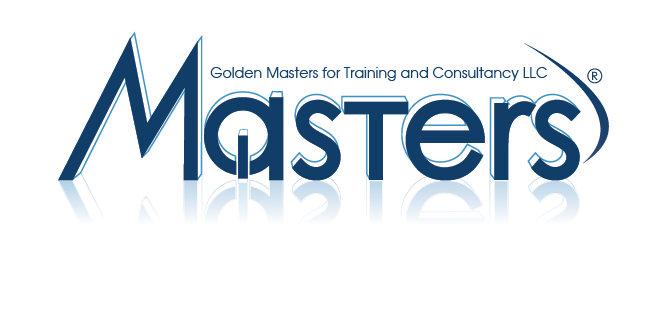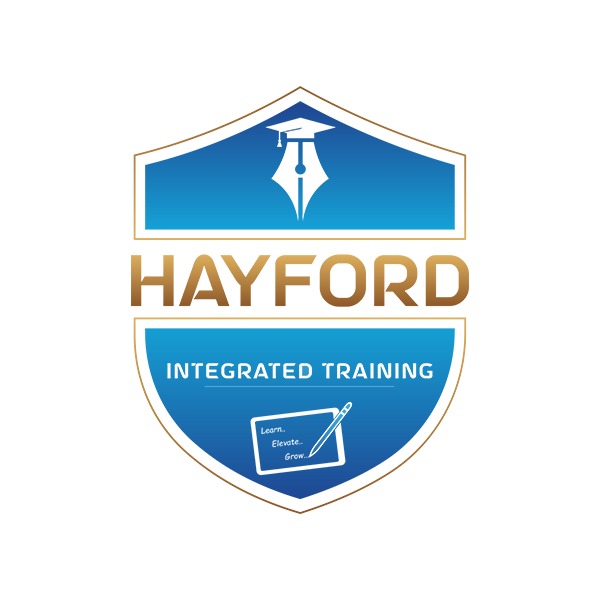Course Description
Business professional needs to understand the financial accounts factors critical to business success. This interactive program will show how finance works in today’s fast-moving business environment.
For any business the key elements of profitability, liquidity and financial accounts structure are critical to continuing success and competitiveness. So these three elements are comprehensively explored and developed at all levels of business activity.
You will learn about the accounting processes of recording and reporting business transactions and how these are summarized as periodic financial reports, in accordance with statutory requirements. You will also learn financial reports are analyzed and by a variety of user groups
The program also has an inward focus, and will explain why management accounting is essential to business survival, and success. It will show how budgeting can control costs and improve profitability.
It will also explain and develop tools and techniques for evaluating proposed new investment projects. The program will enable you to understand the business from both a financial and strategic perspective, and how business decisions will impact on corporate profitability.
Key points include:
- The strategic and operational role of the Finance accounts Function
- The principles of accounting and financial reporting
- How to understand and analyse financial reports
- How management accounting helps to maintain control and improve efficiency
- How we can ensure that investment returns meet the stockholders expectations
- Managerial vs. financial accounting
Cost-Volume-Profit analysis for decision making
- Make vs. buy decisions for planning
- Fixed vs. variable vs. mixed costs for control
- Capital budgeting that makes a difference
Course Objective:
This course will help you learn how to:
- Explain the nature and role of financial statements and their interpretation
- Use the language of accounting and finance to communicate effectively with financial professionals
- Review the financial performance and financial position of an organisation using the appropriate financial ratio and break-even analysis techniques
- Use budgetary control to compare actual against planned performance and to identify corrective actions
- Evaluate investment projects using DCF and other appraisal methods
- Appreciate the important role of strategic accounting in business performance improvement
- Cost terms and Concepts
- Cost Behaviour: Analysis and Use
- Direct vs. Absorption Costing
- Overhead Costing for Planning and Control
- Standard Costs & Variance Analysis
- Relevant Costs for Decision Making
- Financial Statement Analysis
Course Certificate:
Masters Consultant certificate will be issued to all attendees completing minimum of 75% of the total tuition hours of the course.
Course Outline:
DAY 1: A Strategic View of the Business Environment
- The business environment
- The uses and purpose of accounting
- Users of accounting and financial information
- Accounting terminology
- Cash versus profit
- Profit and profitability
- The structure of the balance sheet
- The income statement – financial performance
- What is profit?
- The structure of the income statement
- The links between the income statement and the balance sheet
- Accounting conventions
- The published annual report
DAY 2: The Financial Statements and Financial Accounting Analysis
- The cash flow statement
- What is included in the cash flow statement?
- Why is cash flow so important?
- The structure of the cash flow statement
- The links between the cash flow statement, profit and loss account and balance sheet
- Interpreting the annual report
- The key elements of published reports and accounts
- Ratio analysis: profitability; efficiency; liquidity; investment; cash flow; the Dupont system
- Cash versus profit as a measure of performance, EBITDA and
- Predicting business failure – the Altman Z-score
- Sources of financial information
DAY 3: Budgeting and Break-even Analysis
- Management accounting
- Cost behaviour
- The overhead problem, traditional versus activity-based absorption
- Cost/volume/profit (CVP)analysis
- Break-even analysis
- The impact of cost structure changes
- Limitations of CVP analysis
- Purposes of budgeting
- The budget process, including activity based budgeting
- Uncertainty and risk – worst and best outcomes
- Motivation and the behavioural aspects of budgeting
- Problems in budgeting
DAY 4: Budgetary Control, DCF and Capital Investment Appraisal
- Budgetary control
- Standard costing
- Flexed budgets and variance analysis
- Types of variances and the reasons they occur
- Planning and operational variances
- Investment decisions
- Time value of money
- Appraisal techniques
- The effect of inflation
- Free cash flows
- Capital rationing and control of capital investment projects
- Risk and uncertainty and decision-making – sensitivity analysis
DAY 5: Financing the Business and Strategic Accounting
- Financing the business
- Financing principles, including short-term versus long-term, and debt versus equity (gearing)
- Sources and types of finance
- The cost of capital, cost of equity (Ke), and cost of debt (Kd)
- Weighted average cost of capital (WACC)
- Capital Asset Pricing Model (CAPM)
- Strategic management accounting
- The effect of competitive strategy, and how to gain competitive advantage
- Competitor information and strategic positioning
- Cost of debt and equity capital
- The disadvantages of traditional cost analysis
- The balanced scorecard and critical success factors
- Economic value added





